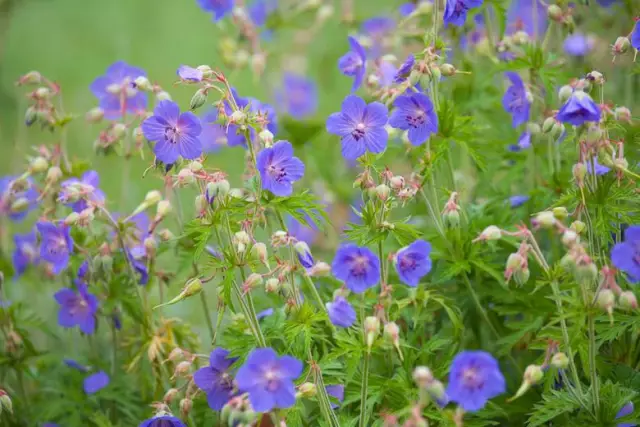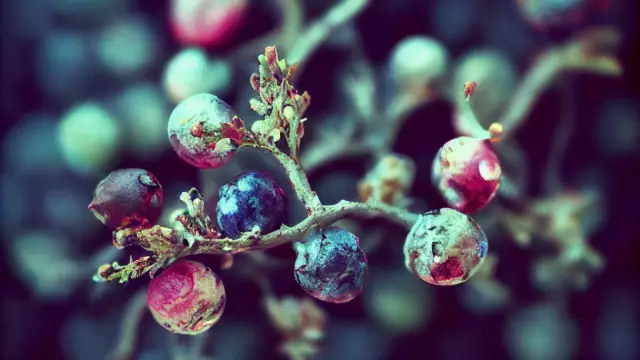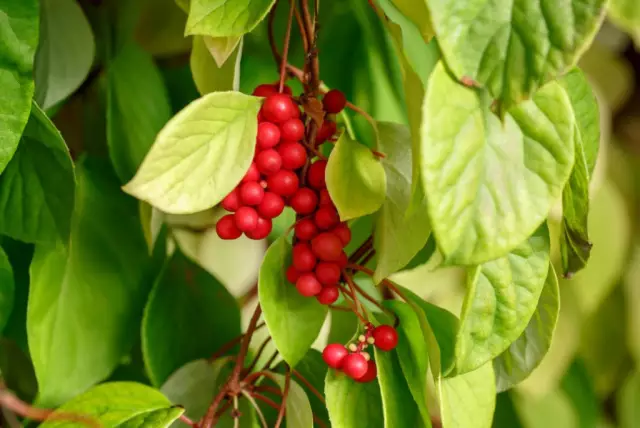- Author Rachel Wainwright [email protected].
- Public 2023-12-15 07:39.
- Last modified 2025-11-02 20:14.
Meadow geranium
Instructions for use:
- 1. Description, places of growth
- 2. Chemical composition
- 3. Application and useful properties
- 4. Contraindications

Meadow geranium is a perennial plant belonging to the Geraniev family.
Description, places of growth
The plant has a short rhizome. Ground shoots are branching, strong. The stems are well leafy at the top. Basal leaves have kidney-rounded plates from 6 to 12 cm long, semi-divided almost to the base, long-petiolate, have pinnately incised lobes. Stem leaves are smaller in size, with shorter petioles, five-partite. The upper leaves are sessile, tripartite.
The flowers are numerous, umbrella-shaped. On each peduncle there are two large regular flowers, wide open. During flowering, they are directed upward with the open part, and before and after flowering they droop.
The plant produces boll-shaped fruits that, when ripe, disintegrate into five one-seeded parts.
Meadow geranium prefers meadow areas, mountain river valleys, deciduous, sometimes coniferous forests, as well as wet forest glades.
Distributed in Central Asia, Western Siberia (except for the Daursky region), in Belarus, in Ukraine (except for the Crimea), in the Siberian Arctic (lower reaches of the Yenisei River), in the European part of Russia, in the Arctic (Murmansk coast, European Arctic).
Grass (flowers, leaves and stems) and roots of meadow geranium are used for medicinal purposes.
Chemical composition
The roots of the plant contain starch, carbohydrates, tannins, flavonoids, catechins, phenol carboxylic acids, triterpene saponins.
The leaves, stem and flowers of the plant contain sucrose, fructose, glucose, saponins, raffinose, alkaloids, carotene, ascorbic acid, vitamin K, flavonoids, leukoanthocyanins and anthocyanins, tannins.
Application and useful properties

The tannins in the plant have an antibacterial effect. The extract of the aerial part of the plant, depending on the dosage, is capable of exerting both a depressing and a stimulating effect on the nervous system, and has an antitoxic effect against snake venoms.
Meadow geranium has found its application in folk medicine, as an anti-inflammatory, astringent and disinfectant, for bone fractures, as well as in the treatment of tumor diseases.
An infusion or decoction of herbs or plant roots helps with epilepsy, fever, insomnia, colds and stomach diseases, gastritis, hemorrhoidal bleeding, enteritis.
The herb is used in the form of an infusion, decoction or powder for lotions and powders for long-term non-healing wounds, abscesses, ulcers, for arthritic and rheumatic pains in the joints, as well as for rinsing with tonsillitis, gingivitis and stomatitis.
The herb infusion is taken for gout and rheumatism, urolithiasis, tachycardia, angina pectoris, some female diseases, scabies, for the treatment of respiratory diseases.
A decoction of the herb rinses hair with alopecia.
Broth roots are effective for dyspepsia and dysentery, and crushed roots are effective for tooth decay.
Freshly pounded leaves of the plant are applied to snake bites.
Contraindications
It is not recommended to use meadow geranium with increased blood viscosity, thrombophlebitis and thrombosis, with senile constipation, intestinal atony, with gastritis and high acidity.
Information about the drug is generalized, provided for informational purposes only and does not replace the official instructions. Self-medication is hazardous to health!






